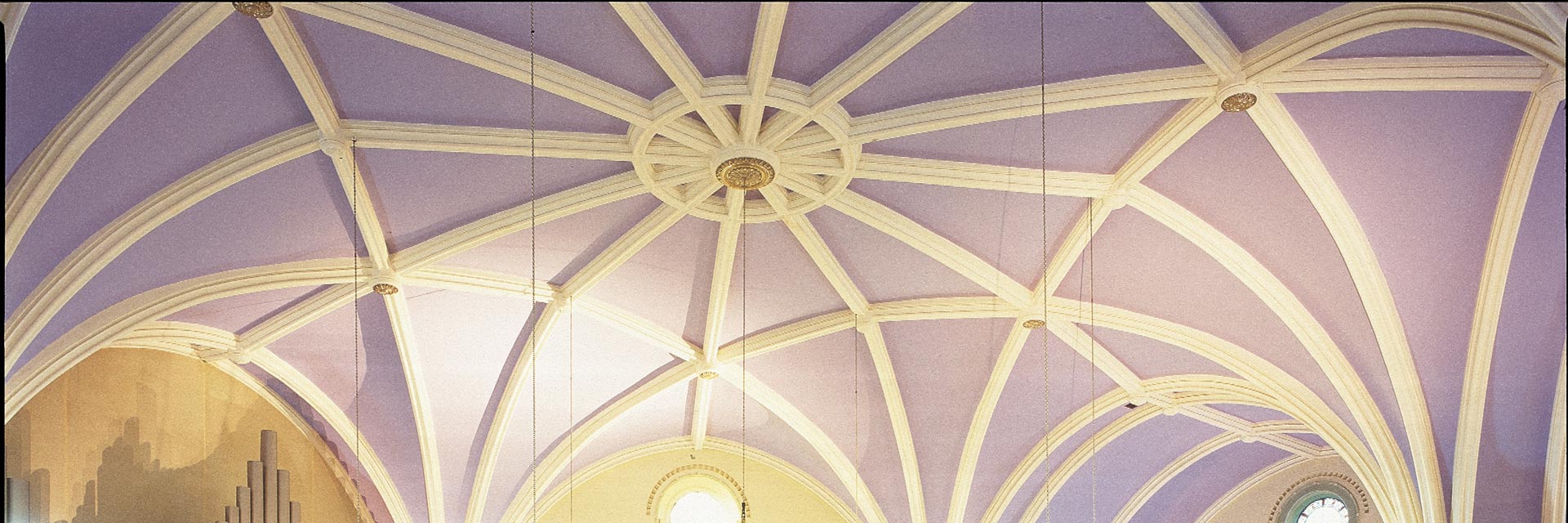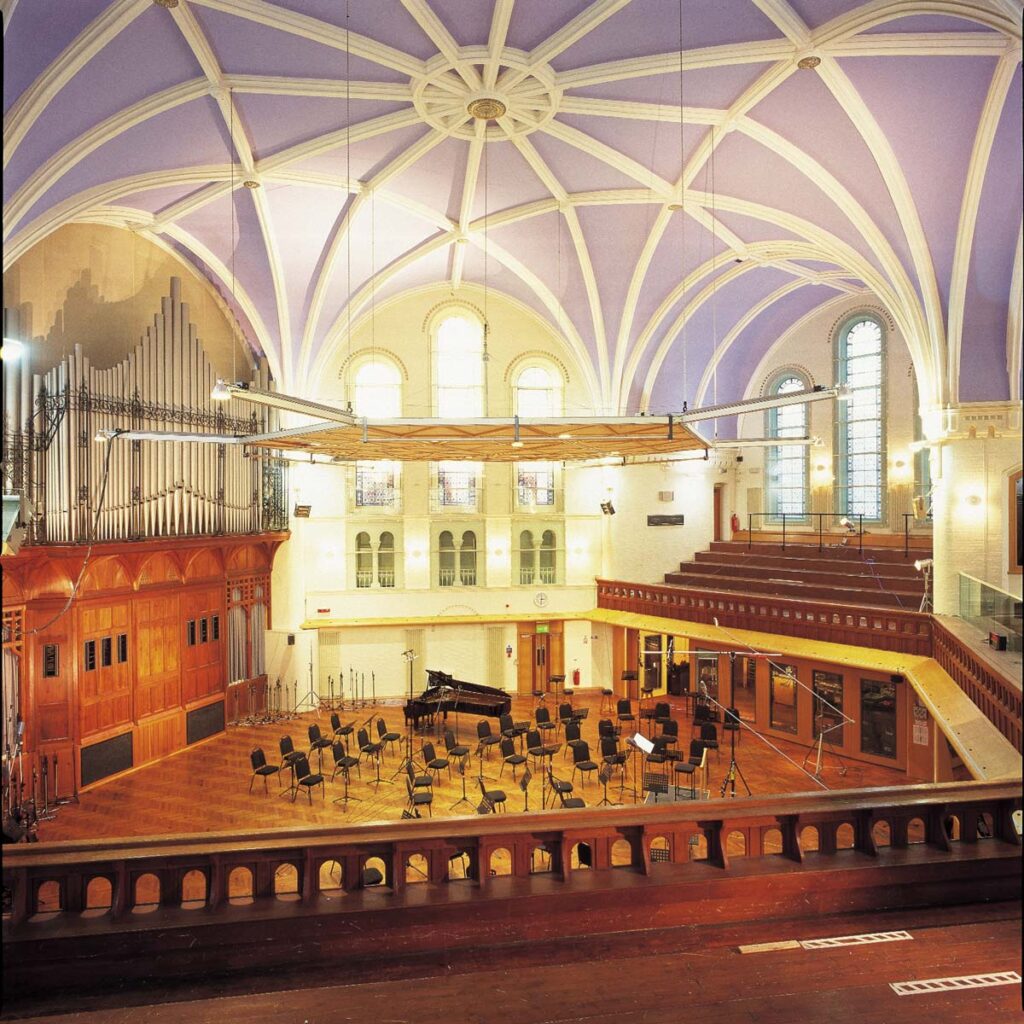Professional musician Stefan Gawlick is on the road all over the world. Not only in concert halls, but also in recording studios. A good enough reason to broaden the scope of this series of concert hall performances and get a taste of studio life.
Today is going to be simple: we’re discussing an iconic sound that everyone has heard before. What’s more, this sound has had a decisive influence on the acoustic perception of an entire generation of moviegoers, because many of the current Hans Zimmer scores and other film music were brought to life here: the remake of Dune, Hunger Games, Mission Impossible, some episodes of James Bond and Harry Potter – they were all produced in the legendary Lyndhurst Hall at Air Studios. To clarify, “Air” is not a name intended to advertise a particularly airy and free sound, but simply stands for “Associated Independent Recordings”. This studio was founded in 1970 primarily by Sir George Martin, with equally famous colleagues Ron Richards, John Burgess and Peter Sullivan. They knew each other from their work at EMI, where they supervised classical productions, but were also responsible for famous pop acts such as the Beatles.
After scouting a few locations in Central London and even a branch in the Caribbean (now I’m really jealous as a sound engineer, irrespective of a suitcase full of U47s), the Lyndhurst Hall (see photo), built in 1884 and situated in a quiet yet central area, was found at the end of the 1980s and bought and renovated without further delay. The grand opening took place in December 1992, and since then London has had a second luxury address alongside Abbey Road Studios when it comes to the finest film sound.
The 300-square-metre hall can accommodate an orchestra equipped for large scores, but it is also ideal for smaller groups – and this is where it gets really exciting. This is because the hexagonal sound sail (edge length five meters) mounted directly above the ensemble can be freely adjusted in height between two and eleven meters, allowing for not just fine, but actually fundamental adjustment of the hall acoustics. If this still sounds too reverberant for a small group, there are three other, much smaller studios that are perfectly suited for line-ups these.
The microphone cabinets are filled with everything that a premium studio like this would accumulate over almost 60 years, while the control room shows a clear focus on pop and film: instead of a very clean SSL console, which is preferred for classic productions, a 98-channel Neve 8R resides here, among other things. Incidentally, this alone costs a good 1,000,000 euros.
With four different rooms, one of which is also extremely flexible, it is of course almost impossible to identify a general sound. However, you don’t just hear the room, but also the sound concept of the sound engineers, which is also reflected in the choice of material. All recordings from the Air Studios come across as extremely coherent, with enormously colorful mids and plenty of punch in the fundamental tone. The counterweight is then created with a carefully designed air band. Pay attention to it the next time you watch a movie, you’ll hear it.
Music tips – recordings with a typical room sound
The films mentioned, but also The Tortured Poets Department by Taylor Swift (2024), albums by Coldplay, Max Richter, Ludovico Einaudi, Björk, Vince Mendoza, Nick Cave and many more.


